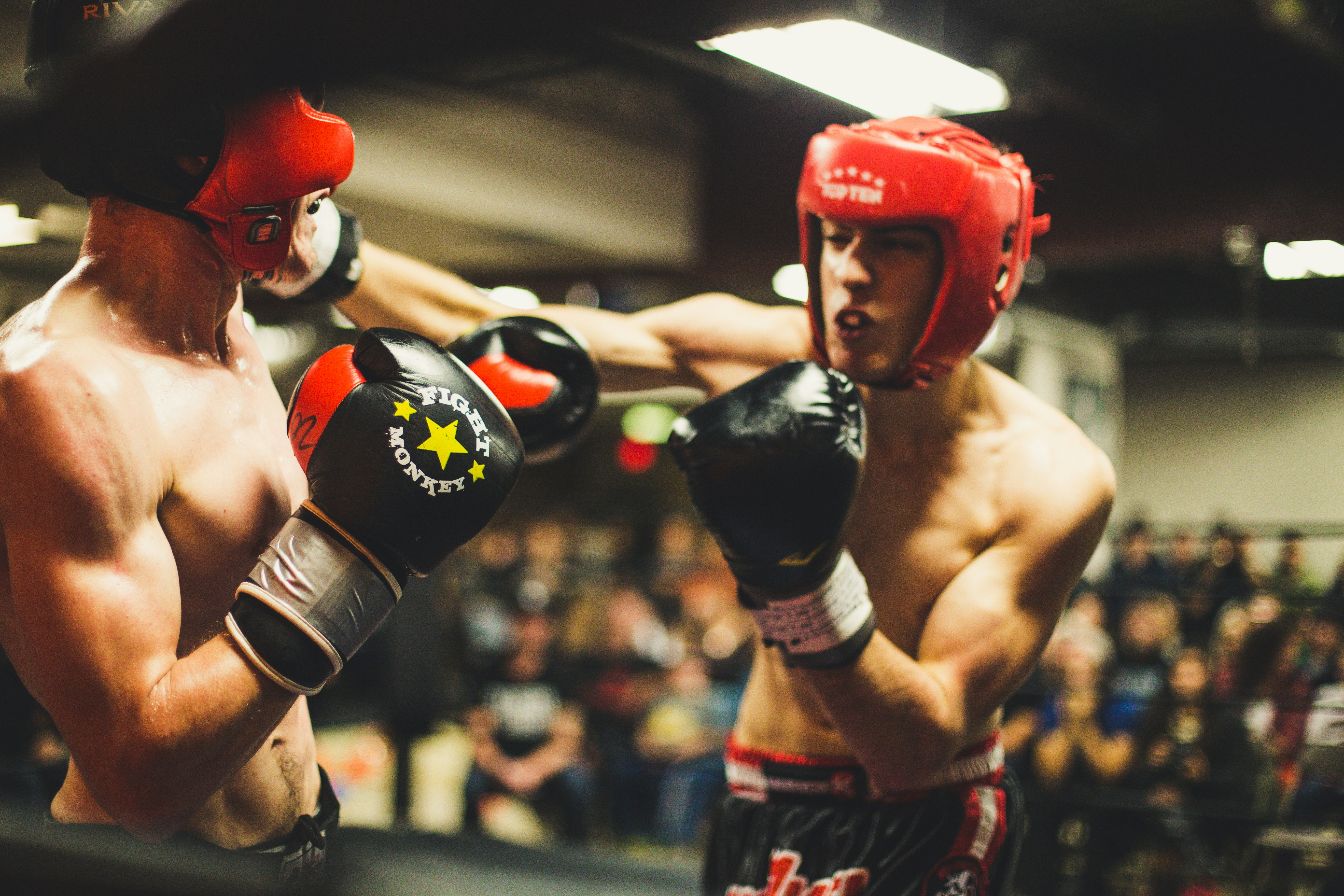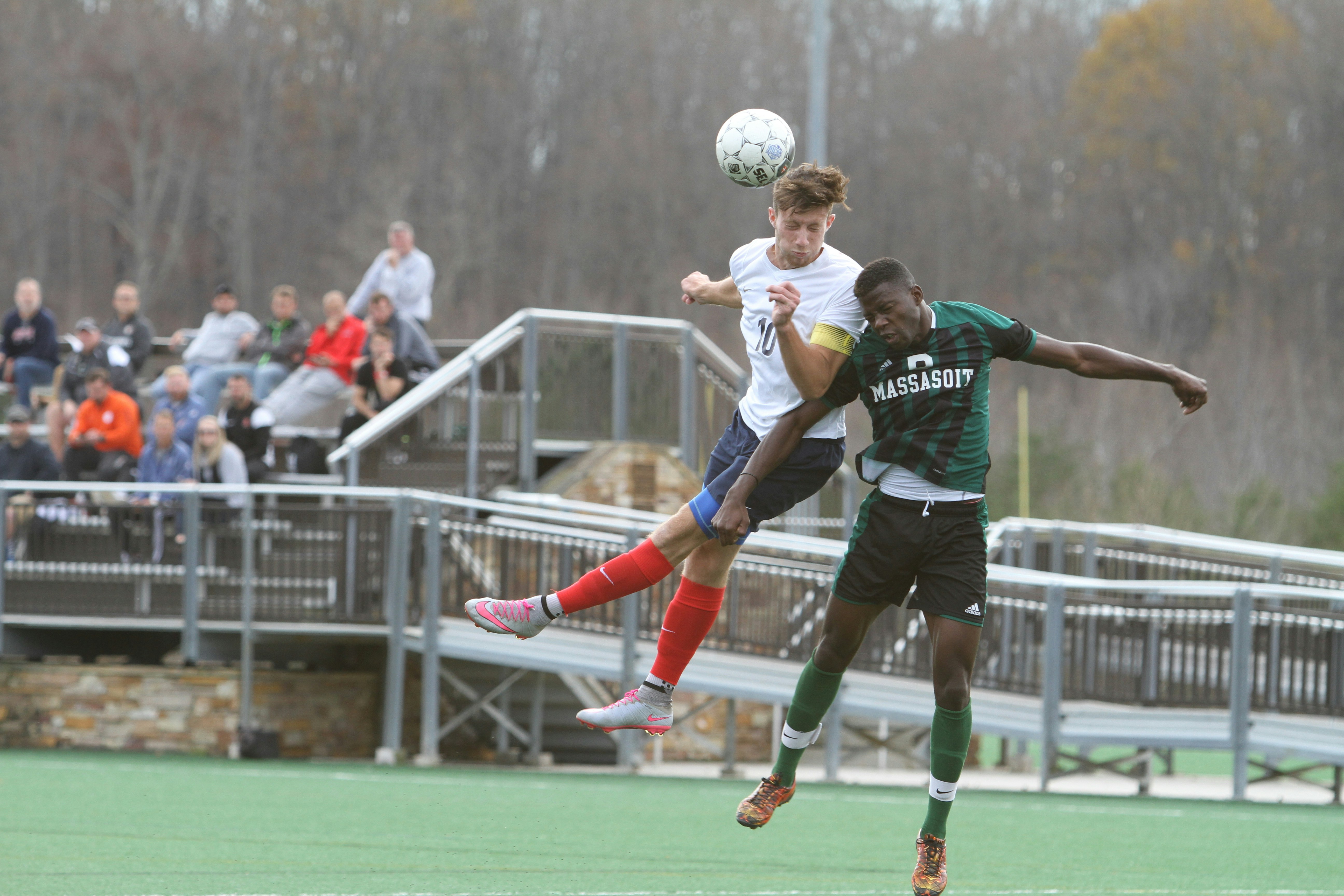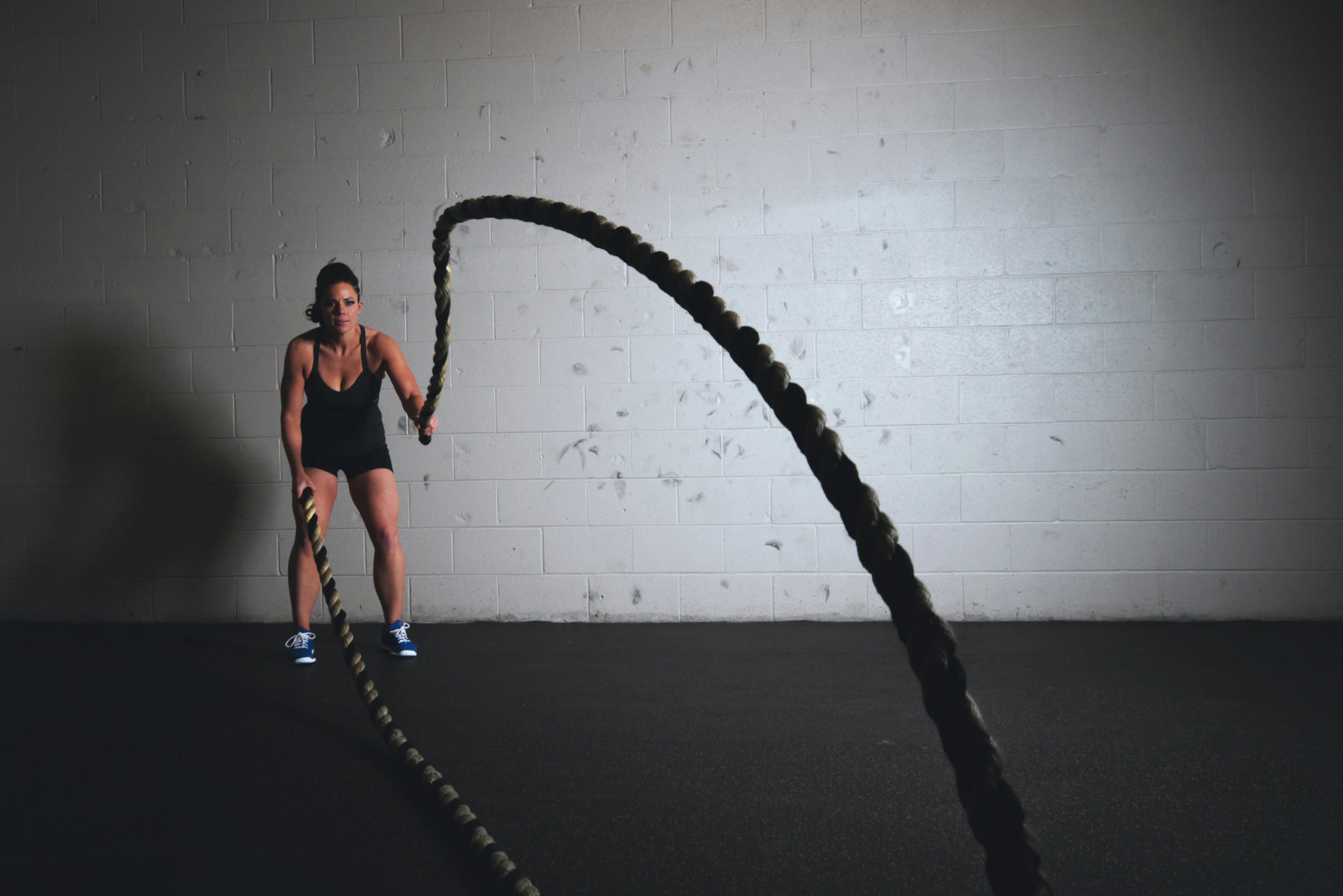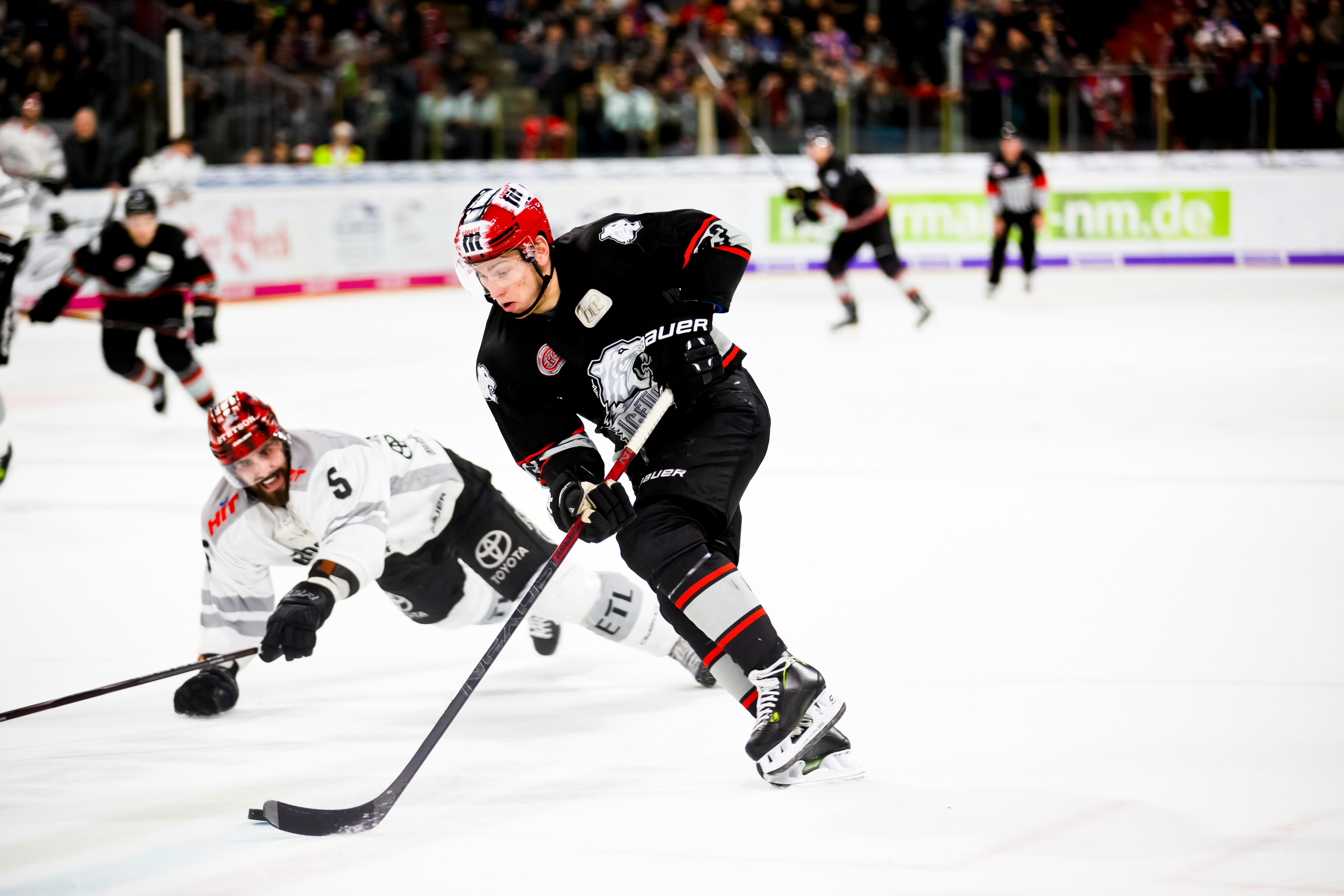For many people, sports are a daily and essential part of life. Most people grow up playing sports throughout grade school, while others continue to play through college or at a professional level. However, regardless of the competitiveness of the league, sports injuries can occur at every level—from PeeWee baseball to professional football—so it’s important for every athlete to be prepared for the worst.
Having a good medical insurance plan is essential for any athlete—since injuries are unpredictable, you never know when insurance might come in handy. Not only will a good medical insurance plan help you receive proper treatment for your injuries, but it will also help you receive better physical therapy in order to return to your sport (or just daily life, depending on the injury).
iSelect is a great way for athletes to find an insurance company and guarantee financial security in the event of an injury, as they offer assistance with everything ranging from disability insurance to income protection insurance. Since income protection and disability insurance are essential to have in the event of an injury, you should be sure to make these investments before it’s too late.
1. Concussion
A concussion occurs when the athlete receives a blow to the head and as a result, suffers from a traumatic brain injury. Traumatic brain injuries differ for everyone — someone could be out for months after receiving a light bump to the head, while others could make a speedy recovery after taking a hard hit. Signs and symptoms of concussions include but are not limited to headaches, nausea, lack of sleep, mood swings, blurred vision, and memory issues. Since concussions are unique for everyone and are difficult to study, it’s best for the athlete to be as cautious as possible when recovering from a traumatic brain injury and returning to their sport.

2. ACL Tear
An ACL tear usually occurs when an athlete tries to make a quick movement, such as a pivot or direction change during a play. As a result of this type of movement, the athlete can twist this major stabilizing ligament within the knee, thus causing the tear. ACL tears typically require surgery in order for an athlete to recover, and despite successful surgery, an ACL tear can be a career-ending injury.

3. Sprained Ankle
This common injury occurs in a similar fashion to the previously mentioned ACL tear—if an athlete changes directions or pivots too quickly for their body, they’re at high risk for an ankle sprain. This injury is also possible if an athlete comes down on their feet incorrectly. This can occur quite often among soccer players or basketball players who land a jump incorrectly.

4. Hip Flexor Strain
This type of strain can occur as a result of sprinting, making quick turns, or running at an incline. Common symptoms of a hip flexor strain include pain when moving your leg in basic motions and bruising on the front of the hip. Hip flexor strains can be treated by regularly icing and heating the affected area. If this isn’t enough to eliminate the pain, then you could schedule an appointment with a physical therapist to get to the root of the issue.

5. Hamstring Strain
This common injury often occurs as a lack of stretching. Since many athletes sometimes overlook proper stretching, it’s easy for this muscle—which is located on the back of the thigh—to become strained during activity. Similar to a hip flexor strain, icing and heating are some of the best ways to treat this pain.

6. Shoulder Injuries
Many athletes can experience shoulder issues, which typically consist of dislocations, strains, and misalignments. It’s extremely important for athletes to take shoulder strength as seriously as possible, as it’s one of the weaker joints in the body. Adding additional shoulder stretches and exercise to your daily workout routine can really help strengthen your shoulders in order to prevent injuries.

7. Shin Splints
An athlete will likely experience shin splints as a result of heavy running or improper footwear. Shin splints typically take place early in the season, as this is when the athlete is participating in more activities than their bodies are acclimated for. Shin splints can be recognized as sharp pains in and around the shin area.

8. Knee Injuries
An athlete’s knees are typically exposed and vulnerable during sports, making them susceptible to injury. Unfortunately, knee injuries can follow an athlete through the remainder of their lives, leading to complications as they age. Knee injuries can occur from a range of things, including turning too quickly or just falling onto your knees.

9. Epicondylitis
More commonly known as “tennis elbow” or “golf elbow,” this injury typically affects athletes who are participating in sports that require a strong grip. This is an overuse injury that will result in athletes feeling as though they have a lack of grip strength. Icing the area is an effective way to treat this injury early on; however, prescription medications or elbow braces could be necessary if it becomes severe enough.

10. Fractures
It’s not uncommon for an athlete to break a bone while playing a sport, all that needs to happen is to land the wrong way or to be hit too hard. Many breaks can be healed upon seeking medical attention, allowing most athletes to return to competition. However, the healing process can vary depending on which bone has been broken and how severe the break is.







